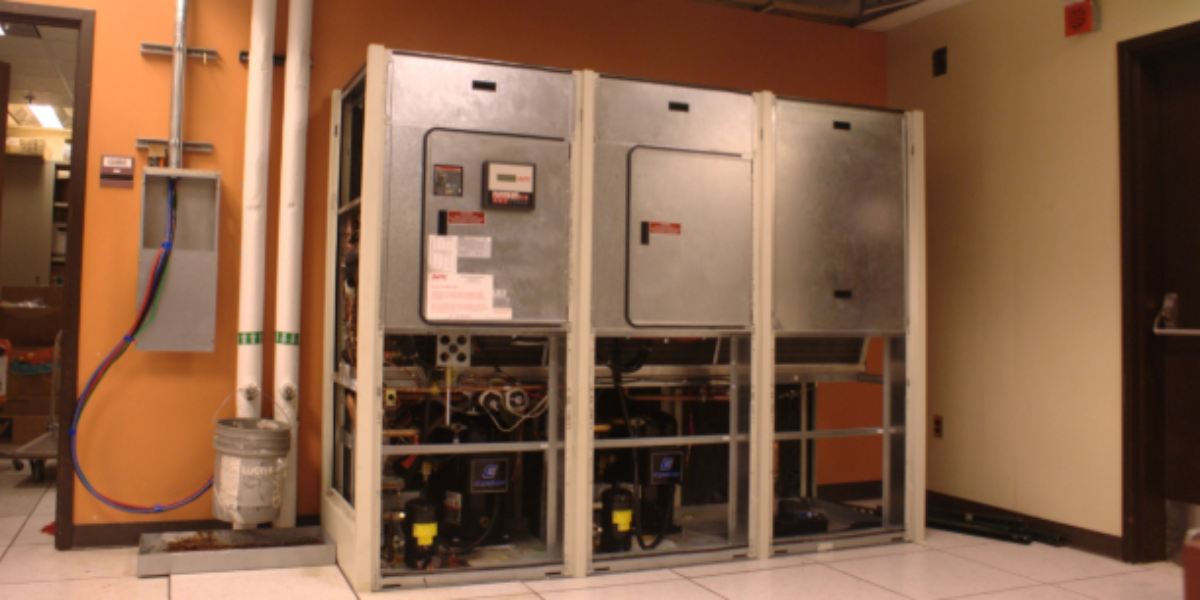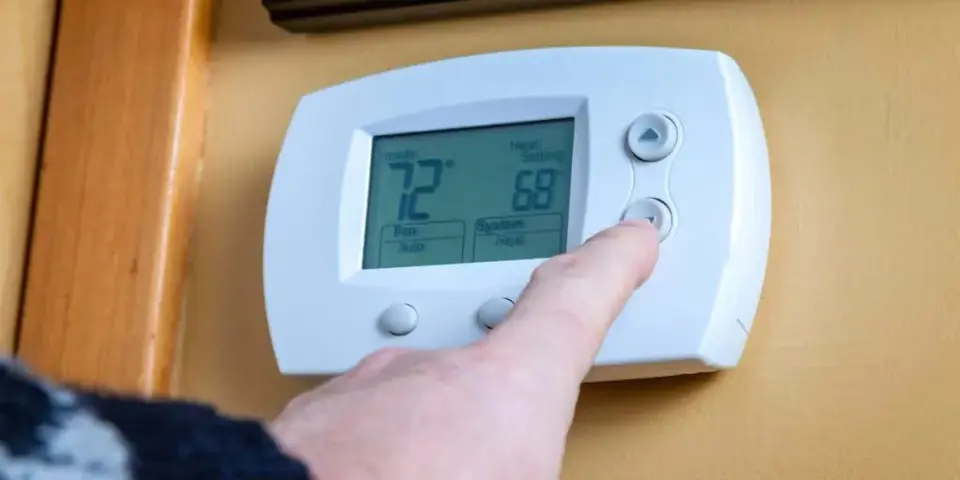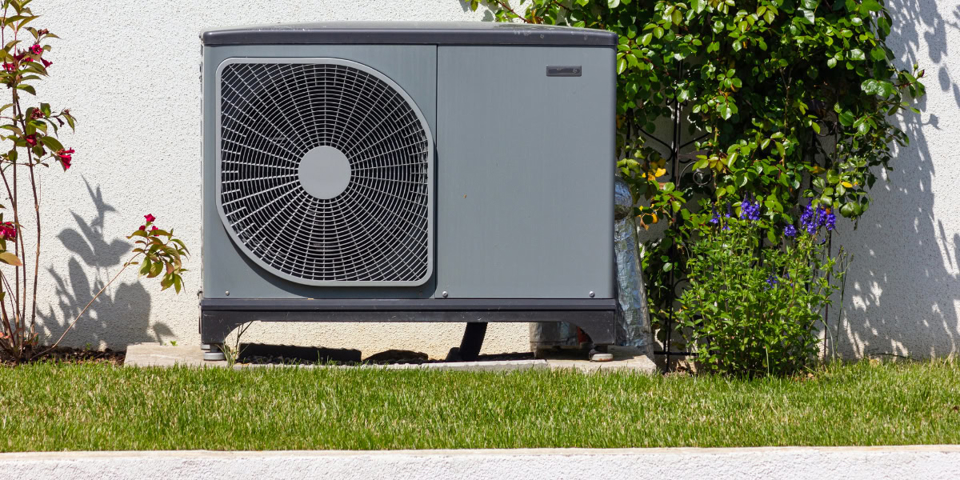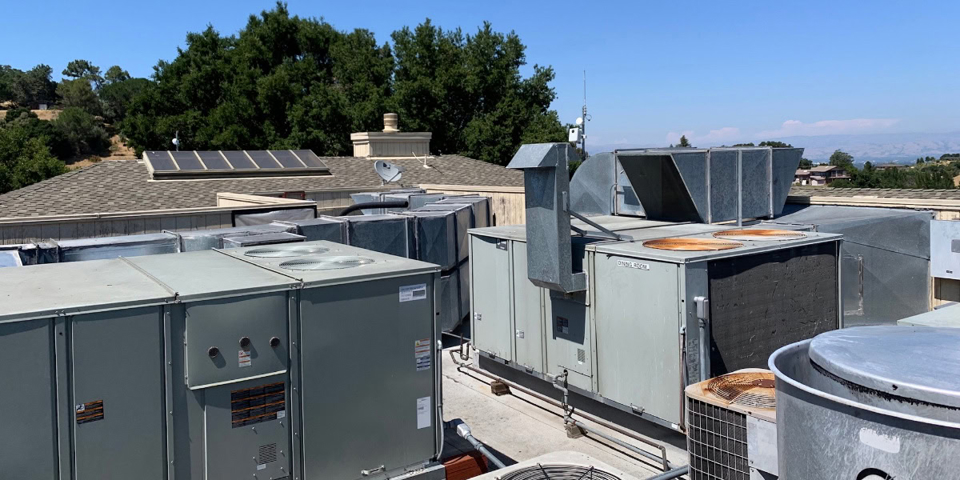When it comes to cooling your server room, one of the most critical decisions you’ll face is choosing the right Computer Room Air Conditioner (CRAC) unit. A working CRAC unit is key to keeping servers cool and running well. If you don’t have the right system, you might damage costly equipment and disrupt operations.
In the next five minutes, we will guide you through the process of selecting the best CRAC unit for your server room. We’ll help you decide, whether you’re installing a new system or upgrading one.
What is a CRAC unit?
A computer room air conditioner (CRAC) is a specialized cooling unit designed specifically for server rooms and data centers. Engineers create these units to manage temperature, humidity, and air quality. They focus on areas where computer systems, servers, and network equipment run.
CRAC units cool sensitive, heat-producing equipment in tight spaces, unlike regular air conditioning systems.
Why Do You Need a CRAC Unit for Your Server Room?
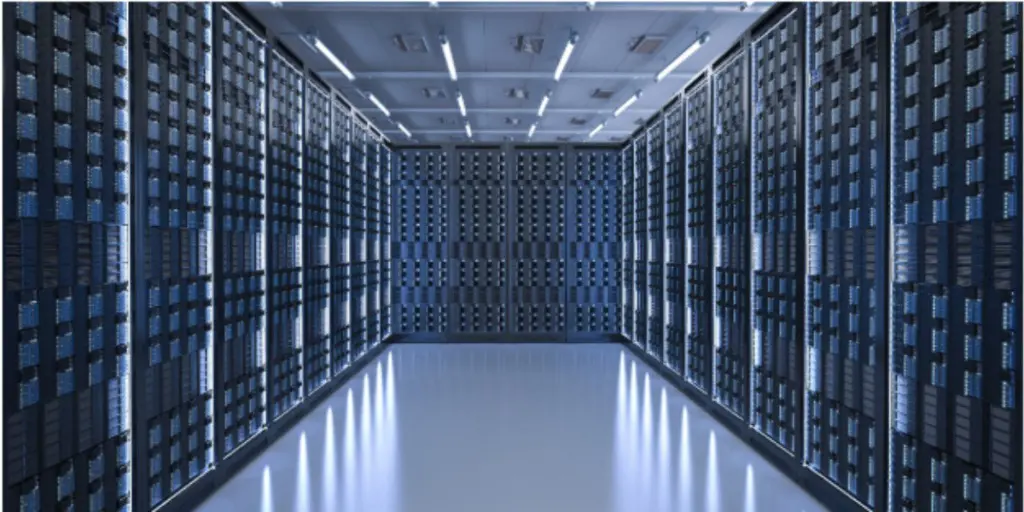
The primary function of a computer room air conditioner (CRAC) unit is to maintain a stable and controlled environment for your IT infrastructure. Overheating can make servers crash. This leads to downtime and may even damage sensitive parts permanently. With the right CRAC system, you can:
- Maintain optimal temperature ranges
- Reduce the risk of server failure due to overheating
- Prevent the buildup of dust and humidity that could damage equipment
- Ensure consistent airflow to keep systems running efficiently
Choosing the correct CRAC unit is vital for both the performance and longevity of your server room’s equipment.
Key Features to Consider When Choosing a CRAC Unit:
Choosing the right Computer Room Air Conditioner (CRAC) unit is essential for maintaining a stable and efficient environment in data centers, server rooms, and other critical facilities. These specialized cooling systems are designed to handle the unique demands of IT infrastructure, ensuring optimal performance and preventing costly downtime caused by overheating. With various models and technologies available, selecting the best CRAC unit can be overwhelming. In this blog, we’ll explore the key features you should consider when choosing a CRAC unit to ensure reliable, energy-efficient cooling for your mission-critical operations.
Cooling Capacity
The cooling capacity of a computer room air conditioner (CRAC) is one of the most important factors to consider. Cooling capacity shows how much heat a unit can take out of the air. It’s usually measured in tons or kilowatts.
To determine the correct cooling capacity, you will need to consider factors such as
- The size of the server room
- The heat output of your servers
- The amount of equipment in the room
Selecting a CRAC unit with too little cooling power won’t cool effectively. But picking one with too much capacity can waste energy.
Energy Efficiency
A computer room air conditioner (CRAC) unit that is energy efficient helps you lower your operating costs and reduce your carbon footprint. Look for units that are Energy Star certified or have other energy efficiency ratings.
You can explore options with variable-speed compressors. These adjust cooling output based on demand. This helps save energy when full capacity isn’t needed.
Humidity Control
Humidity control is crucial in a server room. Excess moisture in the air can cause condensation, leading to potential short circuits or rust on equipment. Little humidity can create static electricity that could damage sensitive components.
Ensure that the CRAC unit you choose offers reliable humidity control features to maintain optimal levels in the room.
Redundancy and Reliability
In server rooms, reliability is essential. When your cooling system fails, your equipment can overheat within hours, leading to expensive damage. Find CRAC units with redundancy features. These should have several cooling loops, backup power options, and alert systems for maintenance.
A backup cooling system makes sure that if one fails, the other keeps working. This helps avoid expensive downtime.
Ease of Maintenance
Choosing a computer room air conditioner (CRAC) unit that is easy to maintain is crucial for the long-term health of your system. Choose units that have easy filters, simple air quality monitoring, and alerts for maintenance.
Regular maintenance helps you keep your unit running at peak performance, reducing the chances of a system failure.
How to Calculate the Correct Size for Your CRAC Unit?
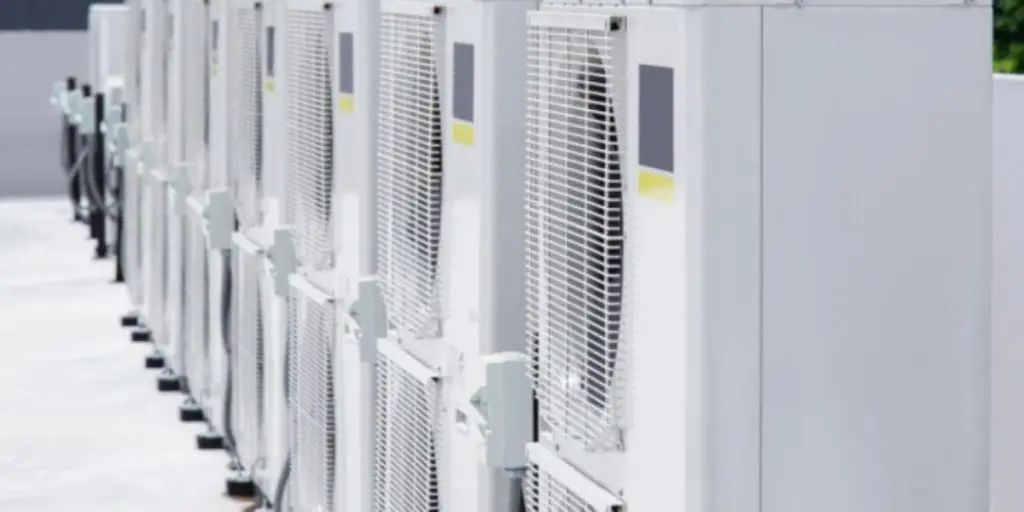
Selecting the correct size for your Computer Room Air Conditioner (CRAC) unit is crucial for maintaining a stable temperature and ensuring efficient cooling in data centers or server rooms. An undersized unit can lead to overheating and equipment failure, while an oversized one may waste energy and increase operating costs. To avoid these issues, it’s important to accurately calculate the cooling load based on factors like room size, heat output from equipment, and airflow requirements. In this blog, we’ll walk you through the key steps to determine the right CRAC unit size for your specific environment.
Measure the Room Size
The first step in sizing your CRAC unit is to measure the physical size of your server room. The larger the room, the more cooling capacity you’ll need. Be sure to measure the length, width, and height to get an accurate volume of the room.
Determine Heat Load
To find out how much heat your CRAC unit must remove, think about the heat from servers, networking gear, and other devices in the room. You can typically measure this in British Thermal Units (BTUs) or kilowatts.
Consider Future Growth
If you plan to add more servers or expand your infrastructure in the future, choose a CRAC unit that can accommodate that growth. A slightly larger unit can increase cooling capacity. This helps your system manage extra heat later on.
The Different Types of CRAC Units
There are several types of computer room air conditioner (CRAC) units to choose from, each designed for different configurations and needs:
- Downflow CRAC Units These units are typically placed in the center of the room and blow cool air downward toward the floor, where it is then drawn up by the equipment. This type of system is ideal for rooms with raised floors.
- Upflow CRAC Units Upflow CRAC units blow cool air upward into the room, allowing it to circulate around the equipment. Designers use this type in rooms with no raised floors. They also use it when they need air delivered from above.
- In-Row CRAC Units We place in-row systems between racks of equipment. These units provide localized cooling, which can be more efficient in large server rooms with high-density racks.
- Overhead CRAC Units As the name suggests, overhead systems mount on the ceiling and distribute cool air downward. People commonly use these in larger rooms where they have limited floor space.
How to Maintain Your CRAC Unit
Regular maintenance is key to keeping your computer room air conditioner (CRAC) unit running efficiently. Here are a few steps to maintain your unit:
- Clean or replace filters regularly to ensure optimal airflow.
- Check refrigerant levels to ensure the unit is cooling effectively.
- Inspect ducts and air vents for any blockages or leaks.
- Monitor system alerts for potential issues like temperature fluctuations or power loss.
How can R&R help you with choosing the right CRAC?
When it comes to selecting the right Computer Room Air Conditioner (CRAC), one-size-fits-all simply doesn’t work. At R&R, we understand that every data center and server room has its own unique cooling demands. That’s why we offer personalized guidance to help you choose the ideal CRAC unit based on your facility’s layout, heat load, and operational requirements.
Our team of experts works closely with you to assess your space, calculate the correct unit size, and recommend the most efficient and cost-effective solution. Whether you need a compact unit for a small server room or a high-capacity system for a large-scale data center, R&R can design and customize a CRAC solution tailored to your needs. From selection and installation to ongoing support, we’re here to ensure your critical systems stay cool, efficient, and protected.
Conclusion
Choosing the right Computer Room Air Conditioner (CRAC) for your server room is key. It helps your equipment run well and protects it from heat damage. Think about cooling capacity, energy efficiency, redundancy, and maintenance. This way, you can pick a unit that fits your current and future needs.
At R&R Refrigeration & Air Conditioning, we offer expert advice and top-quality CRAC systems to keep your server rooms running at their best. Choose the right CRAC unit now. Don’t leave your equipment’s performance to chance. This ensures a cool, safe, and efficient environment for your servers.
FAQs
- What is the difference between a CRAC unit and a standard AC unit?
A CRAC unit is designed specifically for server rooms and data centers, providing precise control over temperature and humidity. Unlike standard AC units, CRAC units ensure optimal environmental conditions to protect sensitive equipment.
- How often should I maintain my CRAC unit?
Regular maintenance is essential to keep your CRAC unit running efficiently. We recommend servicing every 3-6 months, depending on your server room’s usage and environmental factors, to ensure optimal performance.
- Can I install a CRAC unit myself?
While small CRAC units may be suitable for DIY installation, it’s best to hire a professional for larger or more complex units. Proper installation ensures efficiency and avoids future issues with cooling performance.
- What happens if I choose the wrong CRAC unit for my server room?
An improperly sized CRAC unit can cause overheating if it’s too small or increase energy costs if it’s too large. Both scenarios can lead to downtime and potential damage to critical equipment, affecting system performance.
- Can CRAC units be integrated with other building management systems?
Yes, many modern CRAC units offer integration with building management systems, allowing centralized control of the server room’s temperature, humidity, and other environmental factors, providing better monitoring and management.


